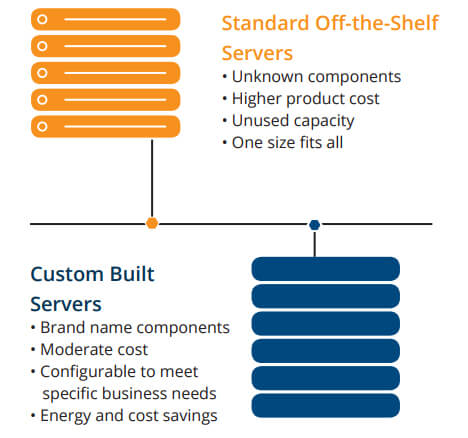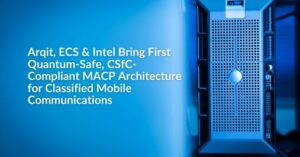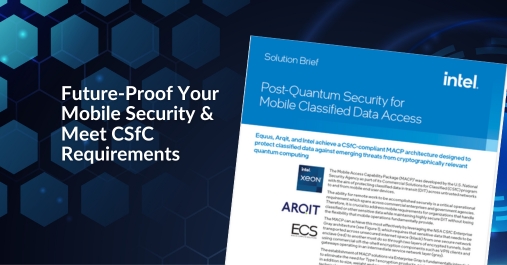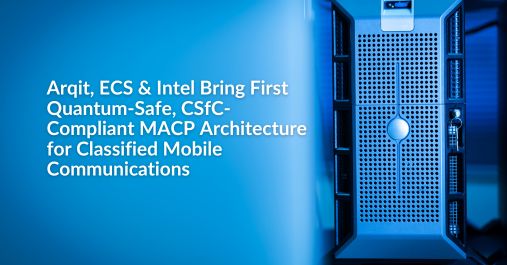Outfitting SMB Data Centers with Custom Configurable Servers
IT professionals of small and medium businesses (SMBs) will learn how SMBs can change the infrastructure of their existing data center, whether it consists of 5 or 50 servers, so that it can behave like a mega data center. Transforming a data center will no doubt mean that an IT professional will encounter challenges along the way. After reading this whitepaper, you should have an understanding of how it can benefit a SMB to behave like a mega data center.
It should be noted that there is no perfect infrastructure or solution for building and managing a data center. Due to their versatility and ability to handle immense amounts of data every moment or every day, we are simply using mega data centers as an example for how to become more efficient, how to better use resources, decrease operating costs, and so on.
The Evolving Data Center: Why make the change?
Like technology, data centers are constantly changing to adapt to the latest technology. There are always new ways to design and build more efficient servers, increase efficiency and of course, reduce operating costs. Gone are the days of standard one size-fits-all data centers that include a few racks and several rackmount servers. So why would a SMB want to behave like a mega data center and what really does this mean? After all, the thought of a mega data center can be somewhat intimidating.
The answer comes down to configurable servers and the flexibility to design a data center that supports the business needs and the current infrastructure. Using a customized design with brand name components, the flexibility of scalable servers are the driving force behind why it is necessary for SMBs to behave like mega data centers.
What makes a mega data center unique?
Mega data centers have the capacity to support a large number of servers and not only manage, but monitor immense amounts of data. Their infrastructure is designed to support a wide range of servers, ranging from storage to application servers. Plus, unlike some SMBs that have to rely on their limited number of servers to handle numerous tasks, mega data centers are equipped with servers to support specific tasks, such as exchange servers to manage emails. This approach opens the doors for redundancy and makes it easy to back up specific data. However, despite their size and the fact that they continue to focus on power and performance, many are also intent on reducing operating costs.
Let’s take Amazon for example. Amazon is continuing to expand its modular data center infrastructure which could support up to 46,000 servers. The major operating costs of a facility can be broken down as follows: servers (57%), power and cooling (18%) and electric power (13%). In response to these rising costs, Amazon is continuing to look into alternate cooling solutions within its cloud computing infrastructure. To reduce energy costs and cooling expenses, they are considering larger ISO server containers with additional cooling vents on the side and top, providing yet another option for cooling the upper section of the unit.
What this means for SMBs:
However unlike Amazon, it is safe to say that SMBs will not have large IT teams to support their data centers. Instead, they have small teams of IT professionals who support the individual servers which are designated for specific tasks. Regardless, they are always looking for new solutions for reducing operating costs which may include a smaller data center footprint. With more servers comes the need to have more IT professionals on hand to monitor and manage the data center, correct? Not necessarily. New applications, such as virtualization, are widely accepted and are being used as a tool to both consolidate servers and increase efficiency within the data center.
Because of their personnel and technical support, mega data centers often have the bandwidth and capability to design and build their servers to their exact specifications.
It was not unheard of to see rackmount servers without covers, making it easy to switch out components as needed. For example, because data centers are temperature controlled, they can also design their servers without internal cooling fans, providing them with more room to add components which could potentially decrease the number of servers within the data center.
A Mega Data Center is Unique Because…
• Numerous servers to manage immense amounts of data
• Large IT teams
• Ability to build custom servers that apply to the specific needs of the data center
• Servers used for specific applications
Objectives & Benefits of White Box Services
• Increase productivity and efficiency
• Simplify server management
• Consolidate data onto specific servers
• Flexibility to design and build custom servers
• Scalable server solution
• Reduce operating costs
• Redundancy
OEM vs. Custom Servers

What this means for SMBs:
Traditionally, SMBs would purchase brand name servers and adapt the hardware to their current infrastructure. IT pros now have a say in the design of the servers, using industry leading components, and the opportunity to work with a trusted white box solution provider – knowing that their design will work with their current infrastructure.
For years, it was understood that the needs of a mega data center were so unique that they could get away with building exactly what they wanted. SMBs, on the other hand, were limited to what they could and could not do. That is, until now. SMBs are now behaving like mega data centers in the sense that they now have a say in what they purchase, but on a much smaller scale. Even if they are not building the servers themselves, their IT team is able to design the servers to the exact specifications and essentially, do everything a mega data center can do.
SMB concerns
Often times, SMBs may talk themselves out of behaving like a mega data center for numerous reasons. They may feel that they are restricted to what they can do and cannot do due to lack of space or simply having to settle for off-the-shelf servers because they are unable to get exactly what they want. The following six areas are some of their concerns:
Data growth
For SMBs still using network attached storage or external hard drives, there is always the question of what to do regarding data growth. And what happens when space is limited? By simply storing data on custom configurable rackmount servers, IT teams have the flexibility to add storage or other components as needed. Plus, the stackable design enables IT to add more servers without sacrificing valuable floor space.
Limited to specific hardware
White box servers are now designed with the flexibility to swap out components as needed. Virtualization plays an important role here because it means that SMBs are no longer limited to specific brands or models of servers. Virtualization removes the reliance of specific components in the underlying hardware and replaces it with virtual machines which provide more flexibility for using the available equipment.
Planning & Implementation Issues
The thought of updating or upgrading an existing data center to one that will resemble a large company may seem like a daunting task. From planning to implementing, the question of where to begin is certainly overwhelming. Start the process by identifying what you are looking to accomplish with an overhaul of your current servers and data center. Find a trusted partner, one that will provide your IT team with the information needed to transform their data center into one that is more productive and efficient. Plus, if your IT team is designing and building your servers, it is critical that your partner provide your team with the confidence of knowing that their design will work with the current infrastructure.
Operating costs are too high
This alone can be enough to intimidate even the most determined business owner. Fortunately, servers, applications and a focus on efficiency have provided data centers with solutions for reducing operating costs. Virtualization, for example, makes it easy to run multiple servers on the same physical hardware, allowing the user to segment partisans depending on the use of the hardware and ultimately, resulting in a better use of resources. Recognized as a game changer for data centers, virtualization not only increases efficiencies and capabilities, but it saves energy by consolidating multiple servers into fewer physical servers, lowering power usage and cooling costs. Additionally, fewer servers mean less square footage, which is significant if data centers are in more than
one location. Let us not forget to mention that a faster response time enables IT professional the chance to provide technical assistance or drive deployments at a moment’s notice.
Virtualization and Consolidation
It is safe to assume that many existing data center architectures were designed and built for individual applications. As you prepare to move toward new applications, such as virtualization, consolidation allows the IT team to reduce costs by promoting resource sharing and maximizing efficiencies within the data center. Additionally, a successful approach would be to create a solution that consolidates servers and storage, simplifying how different applications
are managed.
Cloud Computing
This whitepaper would not be complete without mentioning how the cloud can benefit an SMB’s data center in the event of an unforeseen catastrophe or a sudden need for increased infrastructure resources. From automating deployment to streamlining the process, it is easy to see how the cloud can increase efficiency within an SMB. It should also be noted that cloud computing, whether spread across multiple data centers or limited to just one location, removes any single point of failure within a SMB. This, combined with the increased security and scalability, are just a few of the many advantages of implementing this solution within their data center.
Consider next steps
As you contemplate the next steps of your data center transformation, think about the following:
• What are your greatest challenges?
• Is your IT department ready to undertake such a change?
• How will server consolidation and virtualization benefit your business?
• What applications will be run?
• Have you thought about cloud computing?
Conclusion
From designing and building custom server solutions to the support needed to transform a data center, look to Equus Compute Solutions for all server-related needs. For 28 years, customers have relied on Equus’ expertise to help develop custom solutions using name brand components at a price that makes sense. They have come to know Equus as a business that is focused on quality workmanship, first-to-market solutions, strategic partnerships, short lead times, and of course, uncompromised quality and support.
Above all, Equus is a brand they can trust to help their business succeed and move forward.








